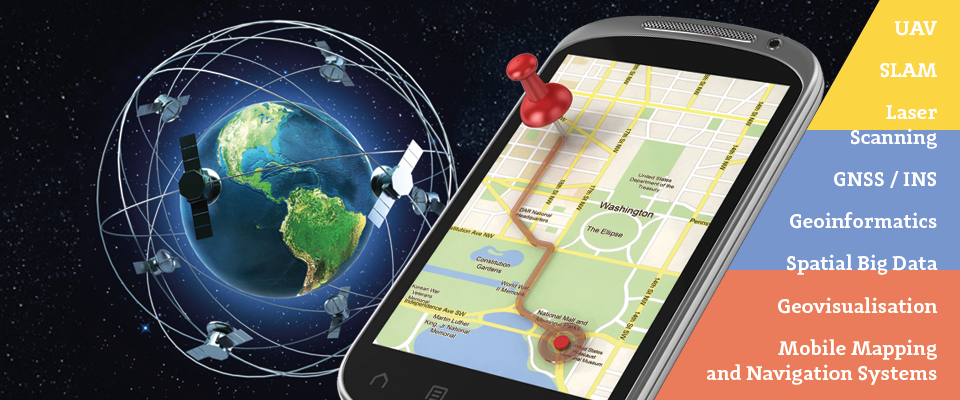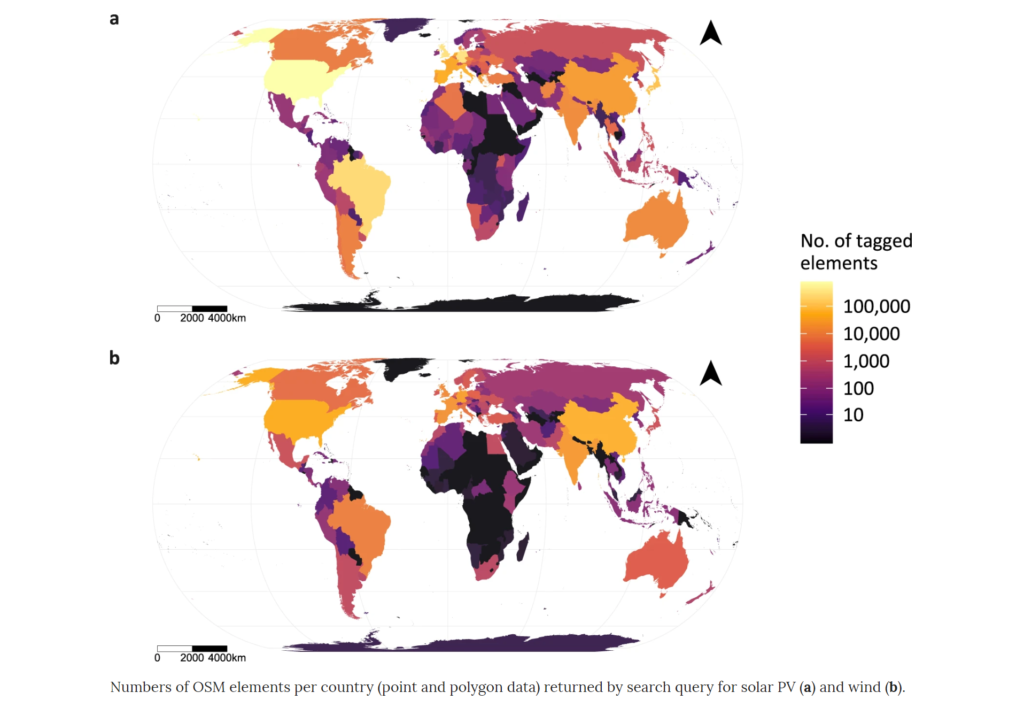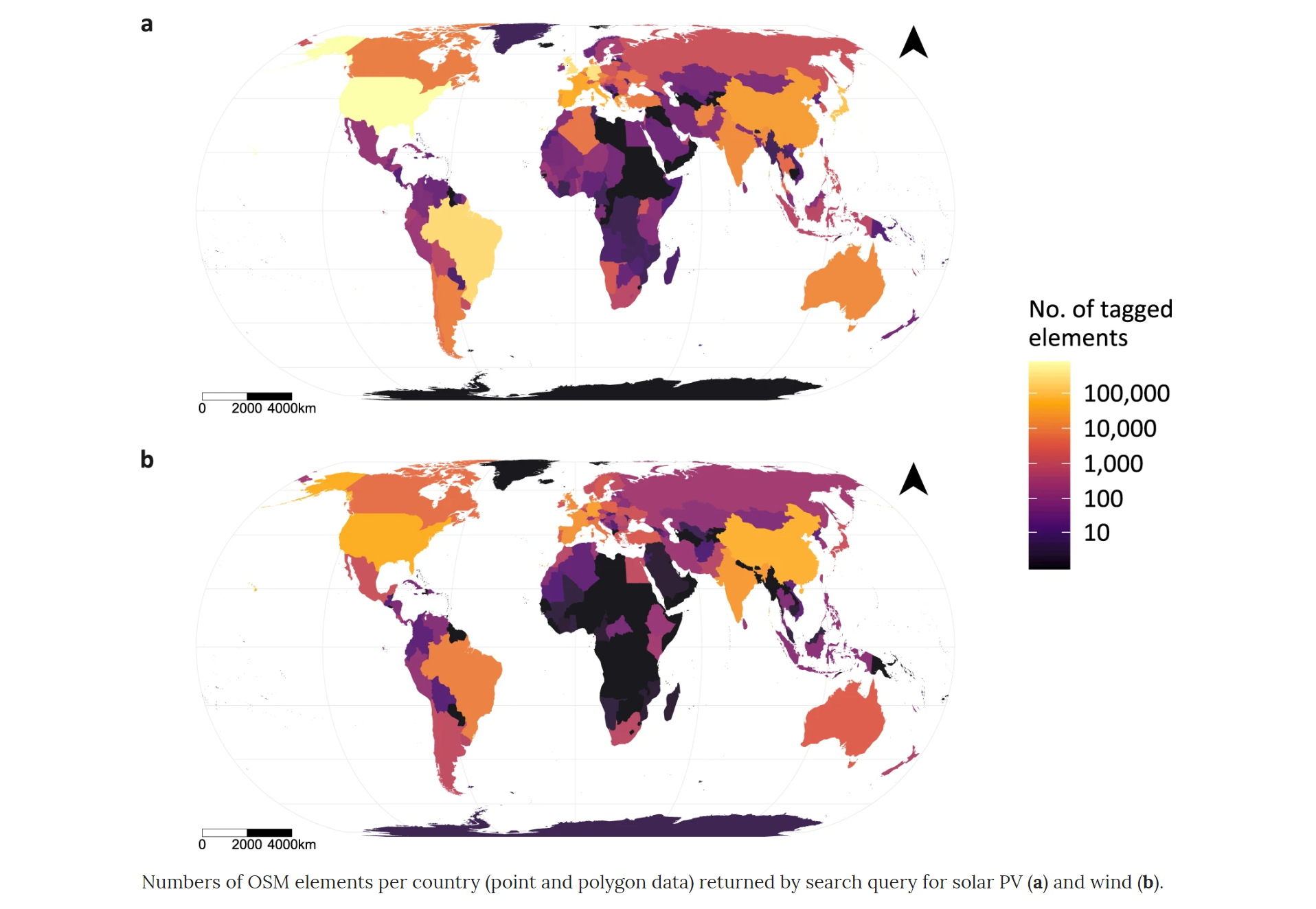
Study Master’s in Mobile Mapping and Navigation Systems to accelerate your career in the Geospatial Industry

A new study program is an answer to the needs of modern engineering which drives the development of technology, including systems of mobile mapping and navigation. The program is planned to last 3 semesters and includes specialized knowledge in the fields of geodesy and navigation, photogrammetry, cartography, spatial information systems and geo-informatics. The main goal is to educate specialists in the design of LBS applications for mobile measuring platforms utilising photogrammetry and remote sensing sensors, positioning and orientation systems and spatial data processing. The studies are conducted in English for students from around the world.
The offered subjects in the area of data acquisition include Mobile Mapping Technologies, Modern Photogrammetry, Positioning Systems, as well as Reference Systems for Navigation, Satellite Navigation Systems and Indoor and Outdoor Navigation. The majority of subjects is strongly connected with algorithmic and application development and is formed by subjects like Programming Language Learning, Algorithms of Navigation Applications, Image Recognition and Deep Machine Learning, Intelligent Transportation Systems and Autonomous Cars, Simultaneous Localization and Mapping, Spatial Analysis and Big Data Mining. There is also a group of subjects connected with visualization and modelling, which includes: 3D Data Processing and Modelling, Augmented Reality, Computer Vision, Mobile and Navigational Cartography. This curriculum is intended for first-degree graduates from the fields of Geodesy and Cartography, Geomatics, Geo-technology, Geo-informatics, Navigation, etc. The first edition of the program will debut in February of 2020. The official recruitment will begin in November/December of 2019. The recruitment information can be found on this web page: https://zk.gik.pw.edu.pl/mmns/Admissions-and-Contact
The development of mobile mapping and navigation technology presents new challenges and opens up opportunities of its use in systems of autonomous navigation i.e. Unmanned Aerial Vehicles (UAVs), autonomous vehicles or indoor navigation systems. This creates new job opportunities and a need for education in the field of design and acquisition, processing and sharing spatial data with the use of mobile platforms. We have invited experts and trainees from the leading companies in Poland and academic institutes in Europe from different fields including mobile mapping, photogrammetry, cartography and navigation. For more information on this program visit this page: https://zk.gik.pw.edu.pl/mmns.







